The Historic Grand Canyon Adventure Two Women Had For Science
Botanists Elzada Clover and Lois Jotter braved rapids and steep cliffs to catalog numerous plant species.
In Atlas Obscura’s Q&A series She Was There, we talk to female scholars who are writing long-forgotten women back into history.
In a rural town along the San Juan River in southeastern Utah, an esteemed botanist and local innkeeper got to talking in the summer of 1937. Together, the pair hatched a plan—to run the Colorado River through the Grand Canyon. A journey like theirs had never before been attempted. The University of Michigan botanist, Elzada Clover, intended to make the first-ever botanical survey of the river and its environs. The innkeeper, Norman Nevills, wanted to commercialize trips down the Colorado River (despite never having run the river himself). The next summer Clover and Nevills, along with two other boatmen, a photographer, and botanist Lois Jotter, Elzada’s close friend and a University of Michigan graduate student, set out. Newspapers had little doubt the hodgepodge crew would fail, even perish, on the river. Women like Clover and Jotter weren’t sturdy enough to survive the journey, journalists wrote in papers across the country. But, in early August, the team made it to their destination: Lake Mead, Arizona. Clover and Jotter had identified more than 50 species of plants along the river, including four new species, and together the team traversed more than 660 miles over the course of 45 days.
Today, few people remember Clover and Jotter as the first women to successfully run the Colorado River. Even fewer people remember that they were the first people to make a botanical survey of the region. With her new book, Brave the Wild River: The Untold Story of Two Women Who Mapped the Botany of the Grand Canyon, science journalist Melissa Sevigny hopes to change that. As part of our She Was There series, Atlas Obscura chatted with Sevigny about Clover’s cacti obsession, how Jotter braved dangerous rapids to save a boat, and how botanists continue to use the pair’s work today.
What were Elzada Clover and Lois Jotter’s worlds like before the expedition?
One thing that was incredibly unusual about these two women is that Clover had a doctorate in botany and Lois Jotter was just a few years away from getting her’s when they went on this expedition. There just weren’t many women getting doctorates in anything, let alone a science field.
It was a time when botany was changing. In the 19th century, the field was very open to women because it was mostly about collecting. There was an attitude that it was appropriate for women to go collect flowers. But then in the 20th century, things started to change. Botany started to professionalize… and women got pushed out. And so, Elzada, who’s the older of the two and was 41 years old when she ran the river, was in that transition period. Her field was no longer as welcoming to her as it had been. Lois was from the younger generation. She was 24 and had to learn these very sophisticated laboratory techniques to keep her foothold in botany.
One thing that drew me into wanting to write their story was the fact that Elzada was obsessed with cacti. It’s ok for women to go collect flowers, but here’s a woman who wants to collect cacti. She’s going to go to the most remote places and get the most difficult plant she can. I think that really exemplifies her attitude toward life and her personality.
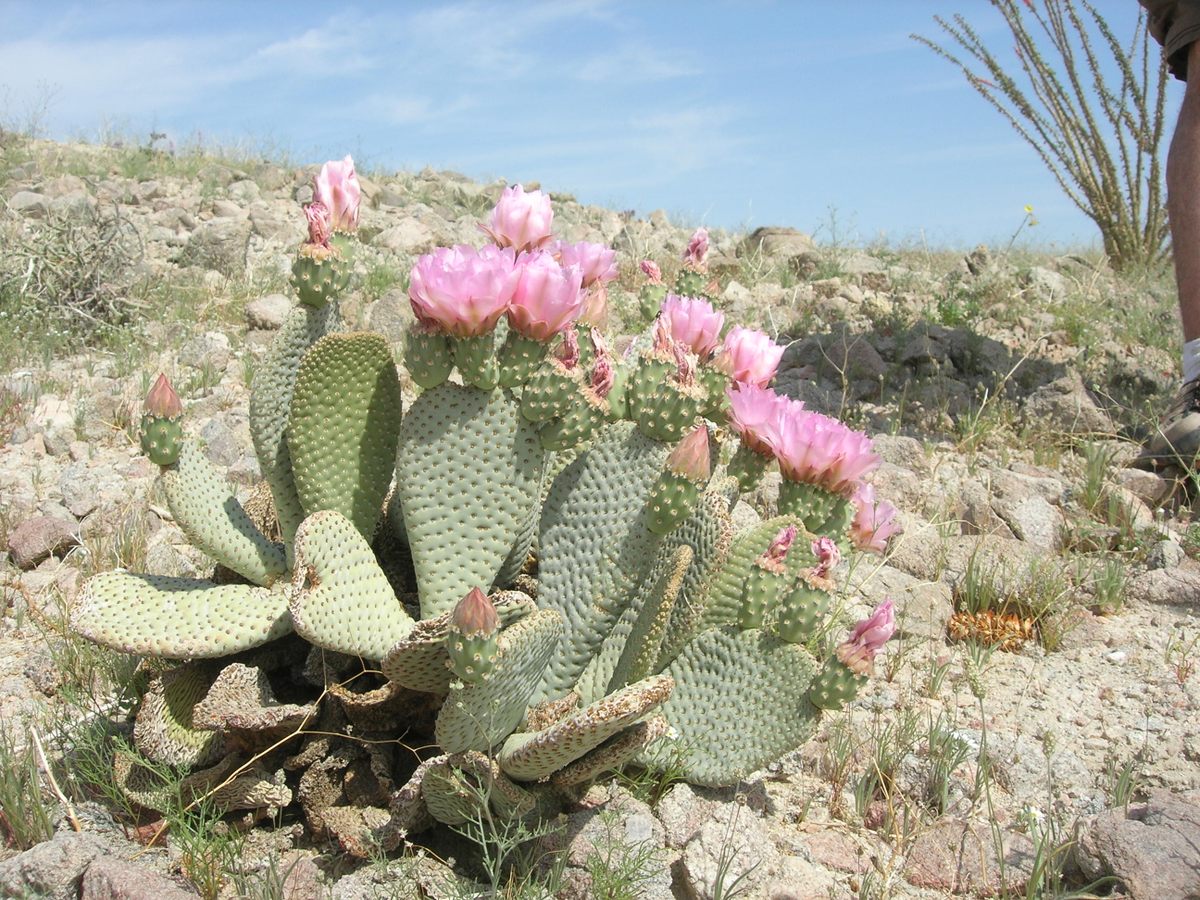
What was the Colorado River like when Clover and Jotter ran it in the summer of 1938?
Obviously Indigenous people had been living there and running the river forever. But for white people, it was considered this last unexplored corner of the United States. It was an interesting time for the river because it was still mostly undamned, but that was changing. Hoover Dam had just been built and [Lake Mead] was still filling up. There wasn’t the Glen Canyon Dam yet. The water was still quite wild. There had been other non-Indigenous expeditions that had gone down the river before, about 12 of them between 1869 and 1938 made up of almost all white men. So Elzada and Lois quickly found out that the newspapers covering the trip were very interested that they were going to be the first non-Indigenous women to do this trip—if they survived.
How dangerous was the expedition?
Of course, danger is somewhat subjective. There were a lot of newspaper stories about the last woman who attempted to run the Colorado River: Bessie Hyde in 1928, who disappeared with her husband on their honeymoon trip and was never found. That was kind of held up as an example of why it was a bad idea for Elzada and Lois to attempt this trip.
Lois actually packed up all of her stuff before she left, so that it would all be taken care of if she didn’t come back. So I think they had this secret fear that they might not return, but outwardly what they were saying to their family and to the press was, “This is going to be okay. We’ve got better maps. We’ve got better boats. Norm Nevills is very experienced.” All of these things were kind of lies. Norman Nevills had never done this trip before. The boats were a design that had never been tested. But Elzada and Lois really wanted this opportunity to collect plants; they were aware that there were going to be risks and hardships.

Tell me about the expedition. What was life like on the river?
So they started at Green River, Utah, and they had a couple of nice days floating down the Green River, which is comparatively calm. Then they hit the Colorado River and they’re going through pretty big canyons: Cataract Canyon, Glen Canyon, which is now underneath Lake Powell but wasn’t at the time, and the Grand Canyon. They’re ending the trip at Lake Mead, which is filling up behind Hoover Dam. So it’s a journey of more than 600 miles.
There are six of them all together. The theory going in was that three men would row the boats and take care of the boatman duties, and the women would collect plants. That all broke down very, very quickly. They quickly realized they were all going to have to pitch in to get the boats down the river. So the women had very little time to actually collect plants. They would get up early, before dawn, and they would stay up late, after sunset, and do their plant collecting then. They were also required to cook for the entire crew. As far as I could tell, there was zero discussion about this in advance. It was just accepted that the women would do the cooking. So they were quite busy and quite exhausted.
What’s a moment that stands out from the expedition?
The first day they were on the Colorado River, they stopped to look at the very first rapid to see the path to take through the rocks and hazards. One of the boats is not tied quite right and pulls free. The food supplies are split up between the three boats: So if they lose a boat, they’re in serious trouble.
So Lois runs to the shoreline and jumps into one of the other boats with her boatman, Don Harris, and they start to chase it. They go about four miles through seven major rapids without scouting. This is the first time Harris or Jotter have ever gone through rapids. It’s basically just one long rapid with high water the whole way.
They find the boat. Harris decides he’s going to walk back and tell everybody that it’s all okay and he leaves Lois there. So she spends her first night on the Colorado River alone. You think she should be terrified, but she’s not. She’s sitting there just having a wonderful time.
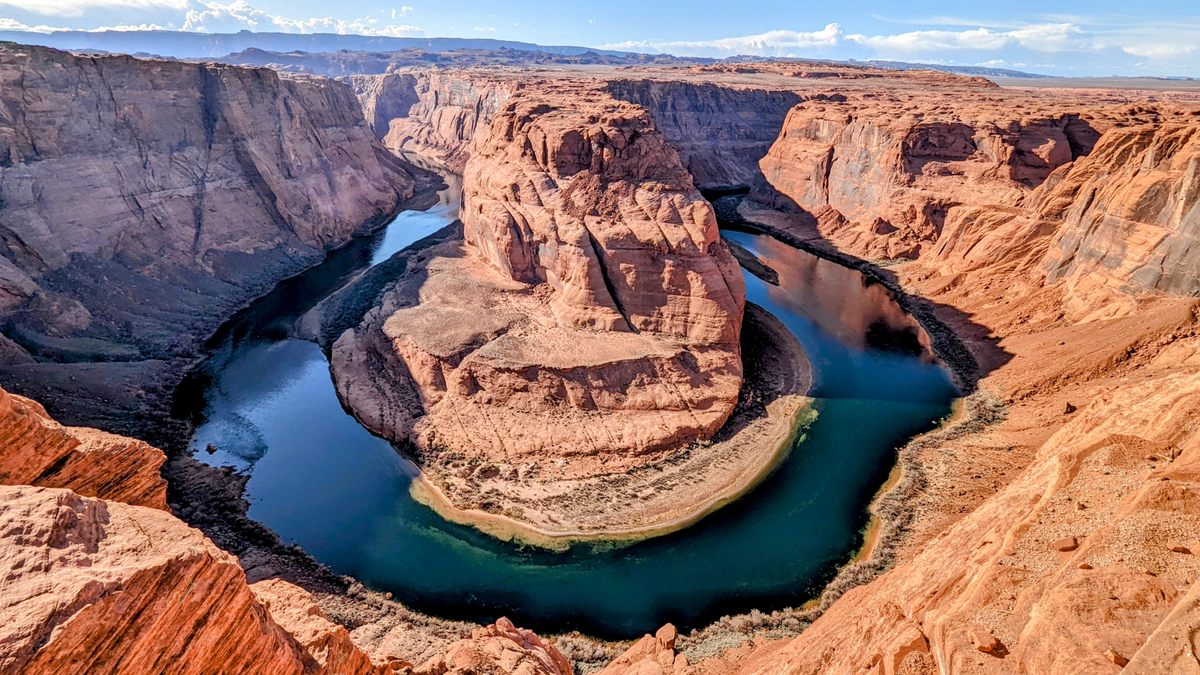
What happens after the expedition? What are Elzada Clover and Lois Jotter’s legacies?
Elzada and Lois published two papers about the botany of the river. They include a complete plant list: more than 50 species. The word ecosystem isn’t in widespread use: It’s just been invented. But when you read what they wrote, you can tell that’s how they were thinking about this. They didn’t want to just collect the plants, but they were trying to understand: why these plants and not others? What makes them thrive here? How do they interact with the animals, the slope of the cliffs, the landslides? The papers feel very modern in their perception of how those things were interacting, and they’re still being used today. They’re the only botanical papers that were published about the region before Glen Canyon Dam was built in the 1960s. It’s one of the few sources you can use to recreate a picture of what the river looked like before all the big dams went in. But they never received recognition for their botanical work.
What do you hope people take away from their stories?
Stories that we tell about science are often focused on the lone genius in the laboratory who’s discovering a new element, like Marie Curie. But really most science gets done through the work of ordinary people moving knowledge forward in incremental ways by chasing their curiosity. I’m hoping this story will show people that anyone can be a scientist and that the work is important.
This interview has been edited for length and clarity.


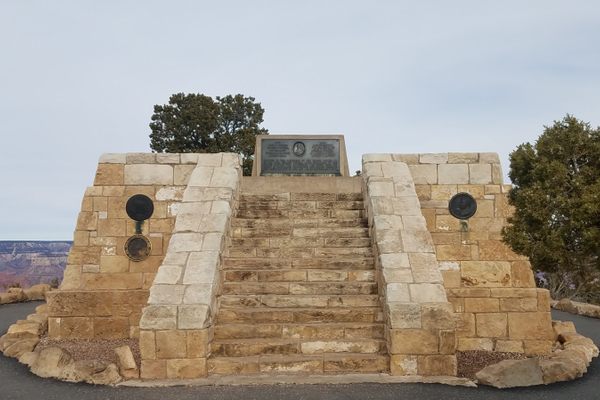
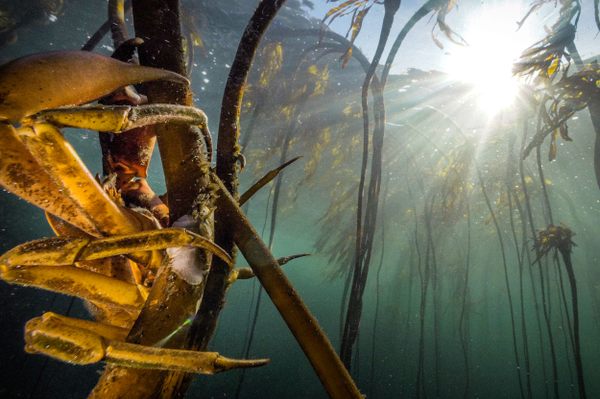
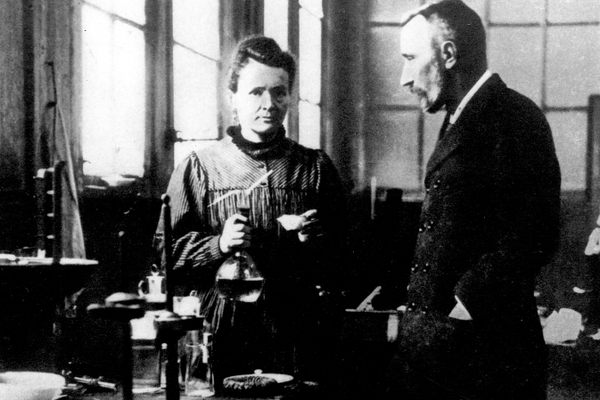





















Follow us on Twitter to get the latest on the world's hidden wonders.
Like us on Facebook to get the latest on the world's hidden wonders.
Follow us on Twitter Like us on Facebook